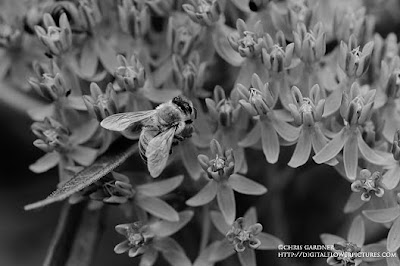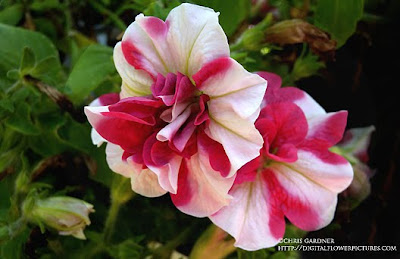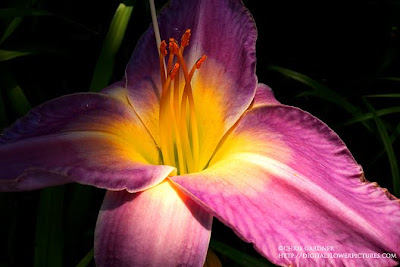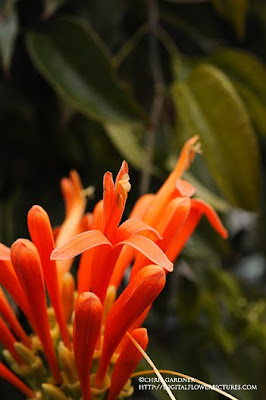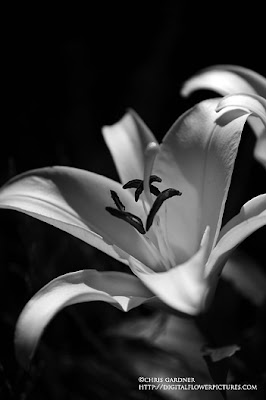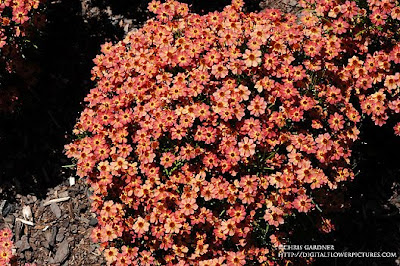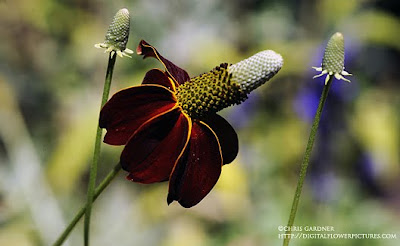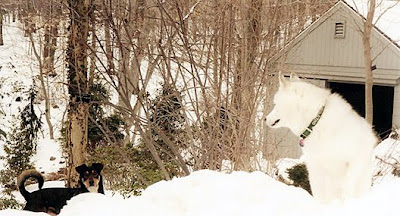
Blue Globe Thistle
Echinops ritro
(EK-in-ops) (RIH-tro)
Since this plant was blooming at work but I didn’t have my camera I decided to reach into the archives for this macro of the flower. It was taken July 25, 2005 with my Nikon Coolpix 5400. The camera is still kicking around all though I haven’t used it in quite a while. The fact that it had an articulating viewing screen was helpful and a lot of fun. In general it is a good camera that has the ability to be set up fully manual if you want.
The Blue Globe Thistle has turned into a nice patch of flowers in a tough area. It does kind of have a unique appearance and since it is tall might be nice to have in the back of the border but it certainly can stand on its own also. One nice thing is it appears to be deer proof and the other animals don’t seem to like it either. It is easy to maintain only requiring deadheading after flowering and the cleaning of the foliage in the spring.



















